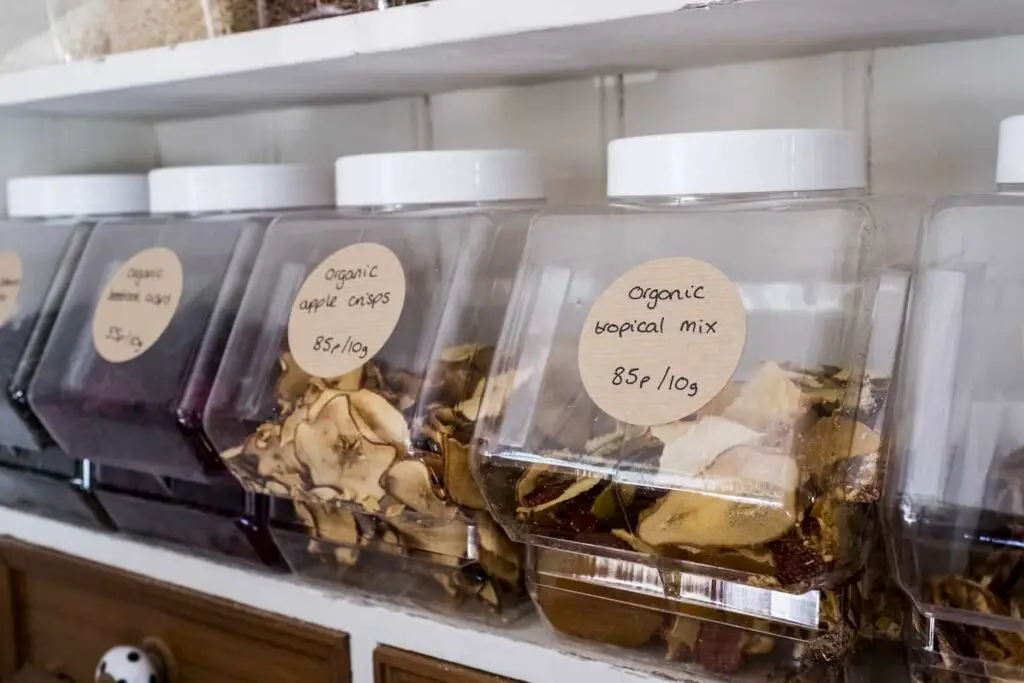

You can also freeze dry food using a DIY oven, and perhaps even successfully (some claim) without a machine. Purchasing such a machine will still run you around $2,000 to $4,500, depending on capacity.Īlthough there is a high upfront cost associated with this method, in the long run it is typically far more economical an option than purchasing long-term food storage buckets…at least if you grow and raise a significant part of your own groceries. Home freeze drying ovens hit the marketplace several years ago, and have come down in cost a little bit since then – but not much. The food being preserved is put on racks inside of the machine’s vacuum chamber, then the temperature is quickly lowered to below 32 degrees, and then slowly raised back up above freezing. That’s when it became a more commonplace method of food preservation.Įven though a machine is generally required to freeze dry food, the process is no more complicated than dehydration.
FREEZE DRIED FRUIT VS DEHYDRATED HOW TO
It was not until World War II when the United States Military learned how to use freeze drying to preserve medicine, plasma, and ultimately food, for the troops. This food preservation method is believed to have first been used on a basic level, during the times of the Inca empire. freeze-dried cheeseįreeze drying food is still in its infancy, when compared to dehydrating, smoking, and even canning. Generally, freeze dried food will rehydrate far quicker than dehydrated food. It is because of the rapid water removal that freeze dried food does not wind up with a sort of deforted shriveled look. The moisture inside the food dissipates far more rapidly during the preservation process than it does when being dehydrated. The food is then stored inside of either an airtight container or a vacuum pouch. What Is Freeze Dried food?įreeze dried food is preserved through a flash frozen process.

Some foods it works well with while others it could alter the taste. Increased nutritional concentration High in fiber All natural food preservation method Money saverĬan degrade certain vitamins such as vitamin C from heat or vitamin A from sunlight Taste can be altered Can take a long time depending on moisture contentĭehydrating your food is a great less expensive option to freeze drying but there are going to be some trade offs.ĭehydrated food has a concentrated flavor since there is no water in the way to dilute it.

The low moisture content makes this an excellent choice for long-term storage. Quite expensive Mylar is susceptible to puncturing Food items are bulkier than dehydrated optionsĪs you can probably tell, freeze drying is the best way to preserve food if you want to maintain the original shape and taste and texture. Freeze Drying ProsĮxtended shelf life Faster reconstitution Low moisture/less weight Retains shape and texture after reconstituting Ideal for backpacking Here is a high level overview of the pros and cons of both methods. What you end up wanting to preserve and how long you want to store it will really dictate which method you choose to use. Pros And Cons Of Dehydration And Freeze Drying Foodīoth methods of food preservation have their strong and weak points.


 0 kommentar(er)
0 kommentar(er)
